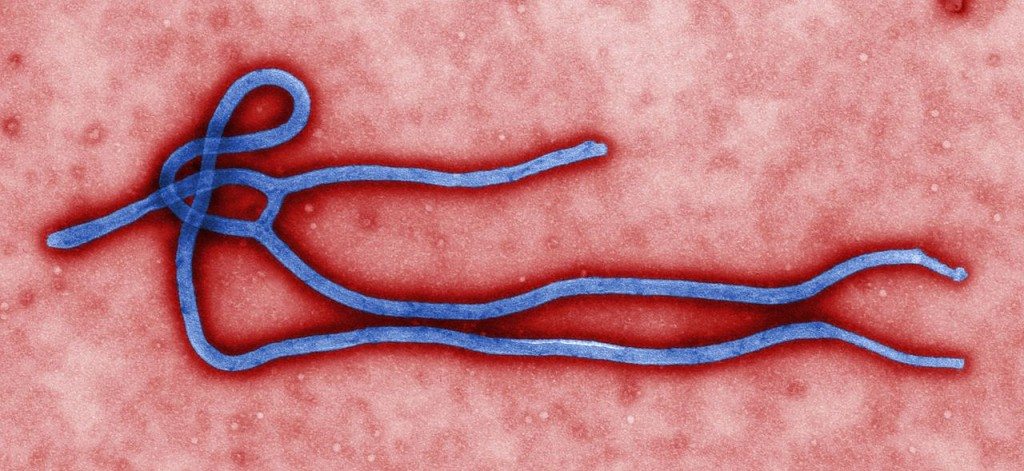Contribute
| Kartic Chandran Discovers A A Possible Cure For All Five Known Ebola Viruses |
Press Release
05/24/2017
Kartic Chandran and his team have discovered a possible cure for all five known Ebola viruses, one of which ravaged West Africa in recent years.The broadly neutralizing natural human antibodies were discovered in the blood of a survivor of the 2013-16 Ebola outbreak in Western Africa, which ran from late 2013 to mid-2016. The deadly virus had killed more than 11,000 people of the nearly 29,000 who became infected in Liberia, Guinea and Sierra Leone. The Indian American researcher is optimistic that the antibodies can be used as a single therapy to treat all Ebola viruses. “Based on the nonhuman primate studies that are ongoing, and given the fact that they are pretty predictive, I would be optimistic that they could be used to protect people and reverse disease,†he said. Researchers isolated about 350 monoclonal antibodies from the human blood sample, two of which- ADI-15878 and ADI-15742 — potently neutralized infection by all five known Ebola viruses in tissue culture. The study also pointed out the human genes that are the likely source of the immune cells that produce the two antibodies. The antibodies work by interfering with a process that the pathogen uses to infect and multiply inside cells. The drug company Mapp Pharmaceutical Inc. is now testing the antibodies in monkeys to make sure they are safe and effective. Previously, monoclonal antibodies — which bind to and neutralize specific pathogens and toxins — emerged as one of the most promising treatments for Ebola patients. However, the therapy targeted just one of the specific Ebola viruses and could not work against the others. A forerunner of the experimental drug, called Zmapp, was in the experimental stages when it was pressed into service during the last epidemic. Zmapp is a combination of cloned antibodies discovered in mice that enlist the body’s natural immune system to fight infection. If given up to five days after symptoms appear, it can cure the disease. But it was not proved to be of great help as it works to neutralize only Ebola Zaire, one of the five known viruses. But the broadly neutralizing human antibodies attack and destroy all of the viruses. Both the antibodies were able to protect animals (mice and ferrets) that had been exposed to a lethal dose of the three major agents: Ebola virus, Bundibugyo virus and Sudan virus. Ebola got its name from the first documented outbreak, which occurred along the Ebola River in the Democratic Republic of the Congo, formerly Zaire, in 1976. Since then, there have been two dozen outbreaks of Ebola in Africa, including the largest outbreak in history during 2013-2016. The current one that has infected nine people in the Democratic republic of Congo among them three people have died as the Ebola virus infections had no cure and often turned out to be fatal. There was no vaccination or drugs prescribed by the US Food and Drug Administration for these virus. Scientists just took half a year to discover the antibodies of the deadly disease, according to Chandran, “so this is really incredibly fast and incredibly gratifying. And we are hoping that things will continue at this pace and that in very short order we will be in a position to be able to test these things in people.†While the broadly neutralizing antibodies are being developed as a treatment, Chandran envisions using them in a vaccine that can be given ahead of an Ebola outbreak to guard against infection. “Based on the nonhuman primate studies that are ongoing, and given the fact that they are pretty predictive, I would be optimistic that they could be used to protect people and reverse disease,†Chandran said.
You may also access this article through our web-site http://www.lokvani.com/
